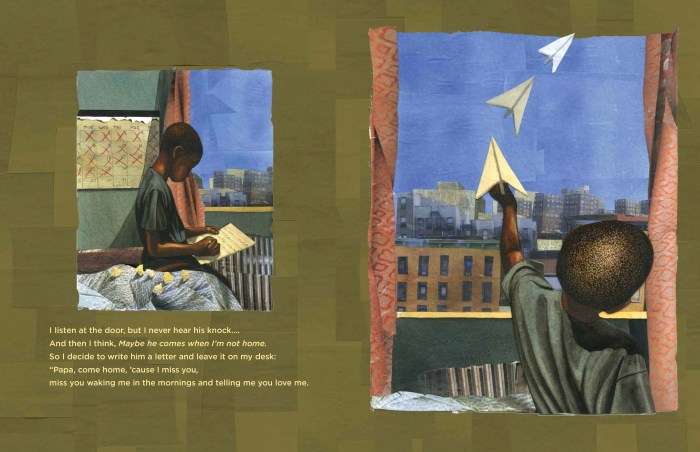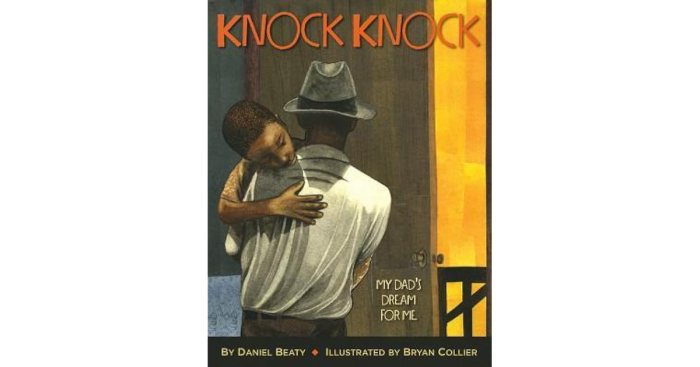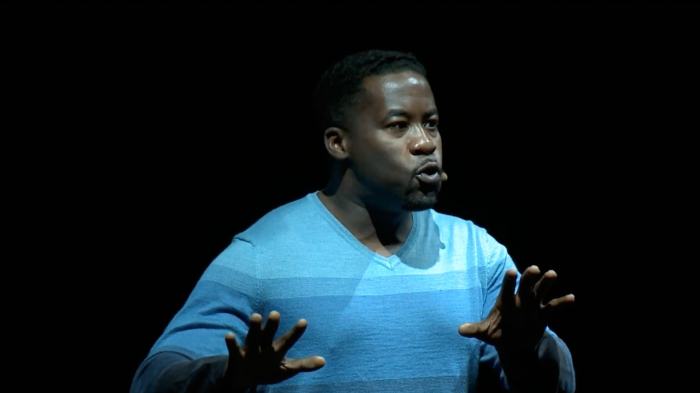Embarking on an exploration of knock knock by daniel beaty questions and answers, this comprehensive guide delves into the origins, structure, and impact of this unique comedic form. Daniel Beaty’s innovative approach to knock-knock jokes is examined, shedding light on the themes and messages conveyed through his work.
Delving further, the discussion extends to the use of knock-knock jokes in educational and therapeutic settings, highlighting their benefits and effectiveness in these contexts. Cultural variations and adaptations of knock-knock jokes around the world are also explored, providing insights into their significance and the cultural context they reflect.
Knock-Knock Joke Origins

Knock-knock jokes have a long and storied history, dating back to at least the 19th century. The earliest known knock-knock joke was published in 1843 in the Boston Transcript, and it read: “Knock, knock. Who’s there? Old Joe. Old Joe who? Old Joe K.”
Over time, knock-knock jokes became increasingly popular, and they have been enjoyed by people of all ages ever since.
Evolution of Knock-Knock Jokes
Knock-knock jokes have evolved over time, but they have retained their basic structure. The typical knock-knock joke consists of two parts: a setup and a punchline. The setup is a question that begins with the words “Knock, knock.” The punchline is a surprising or unexpected answer.
Early knock-knock jokes were often simple and straightforward. For example, the joke “Knock, knock. Who’s there? Lettuce. Lettuce who? Lettuce in, I’m freezing!” is a classic example of an early knock-knock joke.
As knock-knock jokes became more popular, they began to become more complex. Some jokes began to use puns or wordplay in their punchlines. For example, the joke “Knock, knock. Who’s there? Nobel. Nobel who? Nobel…
that’s why I knocked!” is a pun on the word “noble.” Other jokes began to use more elaborate setups and punchlines. For example, the joke “Knock, knock. Who’s there? Tank. Tank who? You’re welcome!” is a joke that uses a play on words to create a humorous punchline.
Structure and Characteristics of Knock-Knock Jokes
The typical knock-knock joke consists of two parts: a setup and a punchline. The setup is a question that begins with the words “Knock, knock.” The punchline is a surprising or unexpected answer.
Key Elements of a Successful Knock-Knock Joke
There are several key elements that make up a successful knock-knock joke. These elements include:
- Surprise:The punchline of a knock-knock joke should be surprising or unexpected. This is what makes the joke funny.
- Brevity:Knock-knock jokes are typically short and to the point. This helps to keep the joke funny and prevents it from becoming too long and drawn out.
- Simplicity:Knock-knock jokes are typically simple and easy to understand. This makes them accessible to people of all ages and backgrounds.
Daniel Beaty’s Knock Knock Poems

Daniel Beaty is a poet, playwright, and actor who has written several books of knock-knock jokes. Beaty’s knock-knock jokes are unique in that they often explore serious themes such as race, identity, and social justice.
Themes and Messages in Beaty’s Knock-Knock Poems
Beaty’s knock-knock jokes often explore themes of race, identity, and social justice. For example, the joke “Knock, knock. Who’s there? Justice. Justice who? Just us!” is a joke that comments on the lack of justice in the world.
Beaty’s knock-knock jokes are also often funny and lighthearted. For example, the joke “Knock, knock. Who’s there? Boo. Boo who? Don’t cry, it’s just a joke!” is a joke that is both funny and heartwarming.
Impact of Beaty’s Work on the Art of Knock-Knock Jokes
Daniel Beaty’s work has had a significant impact on the art of knock-knock jokes. Beaty’s jokes have helped to elevate the knock-knock joke from a simple children’s joke to a form of art that can be used to explore serious themes.
Knock-Knock Jokes in Education and Therapy
Knock-knock jokes can be used in a variety of educational and therapeutic settings. For example, knock-knock jokes can be used to teach children about language and communication skills. Knock-knock jokes can also be used to help children develop their sense of humor.
Benefits of Using Knock-Knock Jokes in Education and Therapy, Knock knock by daniel beaty questions and answers
There are several benefits to using knock-knock jokes in education and therapy. These benefits include:
- Language and communication skills:Knock-knock jokes can help children to develop their language and communication skills. Jokes require children to understand the meaning of words and phrases, and they also help children to develop their ability to tell stories and jokes.
- Sense of humor:Knock-knock jokes can help children to develop their sense of humor. Humor is an important part of life, and it can help children to cope with stress and difficult situations.
- Social skills:Knock-knock jokes can help children to develop their social skills. Jokes can be a way for children to connect with others and make friends.
Cultural Variations and Adaptations of Knock-Knock Jokes: Knock Knock By Daniel Beaty Questions And Answers

Knock-knock jokes are a global phenomenon, and they have been adapted to many different cultures and languages. For example, in Spanish, the typical knock-knock joke begins with the words “¿Quién es?” (“Who is it?”). In French, the typical knock-knock joke begins with the words “Toc, toc” (“Knock, knock”).
Significance of Cultural Variations in Knock-Knock Jokes
The cultural variations in knock-knock jokes are significant because they reflect the different cultures and languages of the world. Knock-knock jokes are a way for people to share their culture and language with others.
For example, the Spanish knock-knock joke “¿Quién es? ¡Pepe!” (“Who is it? Pepe!”) is a joke that is only funny to Spanish speakers. This is because the joke relies on the Spanish language for its humor.
FAQ Explained
What are the origins of knock-knock jokes?
Knock-knock jokes have a long history, with early examples dating back to the 19th century. They are believed to have originated as a form of children’s entertainment, often told as a way to pass the time or break the ice.
What is the typical structure of a knock-knock joke?
Knock-knock jokes typically follow a specific structure. They begin with the phrase “Knock, knock” followed by a question. The listener responds with “Who’s there?” The joke-teller then provides a name or phrase that leads to a punchline when combined with the initial question.
How does Daniel Beaty use knock-knock jokes in his work?
Daniel Beaty uses knock-knock jokes in his work to explore themes of identity, race, and social justice. His knock-knock poems often challenge traditional notions of humor and use wordplay to convey powerful messages.
What are the benefits of using knock-knock jokes in education?
Knock-knock jokes can be used in education to teach language skills, improve memory, and promote creativity. They can also be used as a tool for building rapport and creating a positive learning environment.